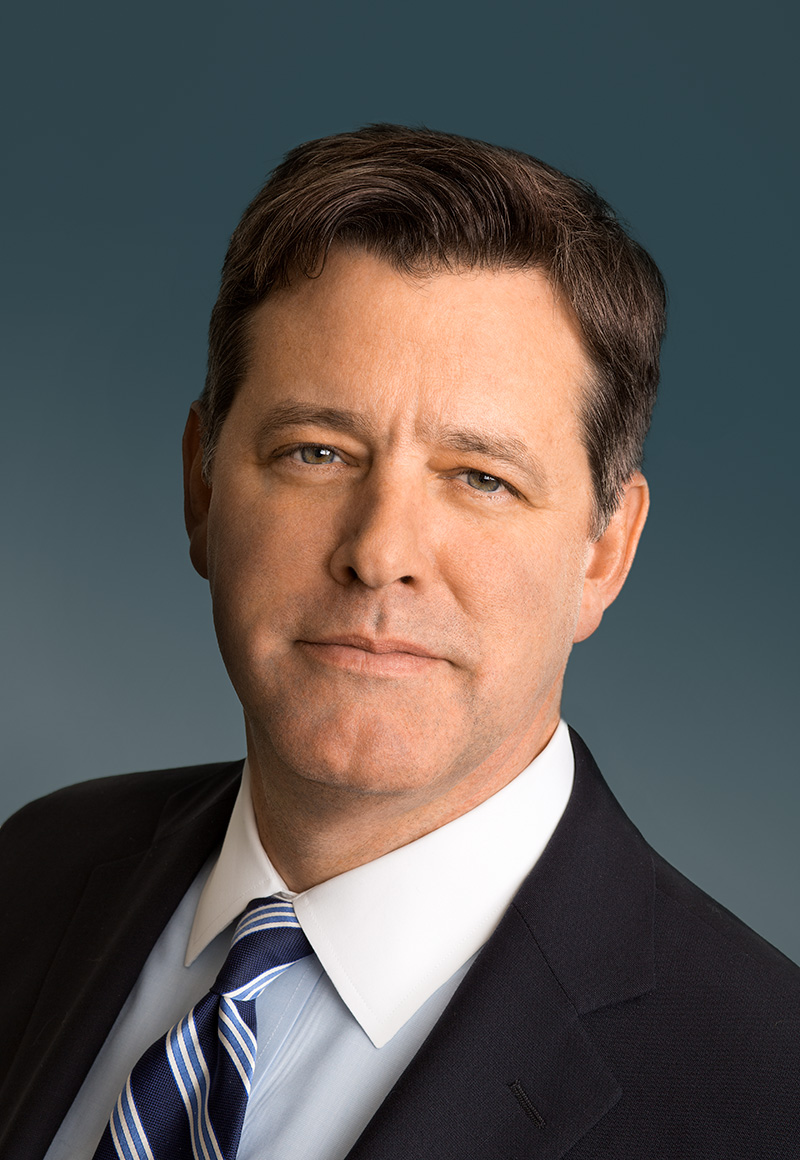
Amazon is going to make some real estate investors very happy soon as the company announces the location of its new headquarters. Recently, speculation has focused on the Northern Virginia, District of Columbia area. Many experts conclude that a combination of a major internet hub and the CEO’s political aspirations, as well as his ownership of the Washington Post, makes the area a frontrunner. One way for investors to profit on this knowledge is to invest into real estate in the area.
Paul T. McDermott was elected to the board of trustees, and named President and Chief Executive Officer of Washington Real Estate Investment Trust in October 2013. Prior to joining Washington REIT, he was Senior Vice President and Managing Director for Rockefeller Group Investment Management Corp., a wholly owned subsidiary of Mitsubishi Estate Co., Ltd. from June 2010 to September 2013. Prior to joining the Rockefeller Group, he served from 2006 to 2010 as Principal and Chief Transaction Officer at PNC Realty Investors. Between 2002 and 2006, Mr. McDermott held two primary officer roles at Freddie Mac: Chief Credit Officer of the Multifamily Division, and Head of Multifamily Structured Finance and Affordable Housing. From 1997 to 2002, he served as Head of the Washington, D.C. Region for Lend Lease Real Estate Investments.
In his exclusive interview with the Wall Street Transcript, Mr. McDermott details his company’s investment strategy in Northern Virginia.
“The REIT itself is geographically focused in the Washington metropolitan area, specifically D.C., Maryland and Virginia, and it’s diversified across three asset classes.”
“In multifamily right now, the best opportunities we are seeing are in northern Virginia. And when I say that, it begs the question, what attracts you to multifamily in northern Virginia? We look for submarkets that have a tempered supply pipeline. Right now, the District is delivering a historically high number of units. With that said, we’re also having record absorption.”
“Furthermore, we like the barriers-to-entry markets. For example, our last two multifamily transactions were acquired at deep discounts to replacement costs. We have been able to create management synergies, which have helped us run these properties more efficiently and helped us move rents. The assets that we’ve looked at have been B- to B with renovation potential, and those have seen some strong rental growth on the renovated units to the tune of $200 to $250 a month.”
“I can give you a recent example of a capital-allocation decision. We did our submarket studies in Montgomery County, suburban Maryland. And then, we looked at the rental growth that we were seeing, for example, in the two northern Virginia apartments that I referenced, and quite frankly, we were seeing higher rental growth, higher return on cost of capital in those northern Virginia multifamily assets. So we allocated the capital out of what I would consider a very commodity, late 1960s, 1970s and early 1980s vintage garden-style office product, and we chose to reallocate that capital into submarkets that have a higher income growth trajectory and limited supply coming in on the multifamily side. So that was a pure capital-allocation decision, but it’s all driven by our research and our portfolio managers and their asset strategies for each asset in the portfolio.”
To read the entire interview, and to visit more real estate investments that will benefit from the Amazon HQ gold rush, go to the Wall Street Transcript.
Amazon.com, Inc. (NASDAQ:AMZN) Continues Disrupting Retail; Amazon Prime Continues Attracting Shoppers
July 12, 2016
Amazon (AMZN) Web Services Surpasses Rackspace Hosting (RAX) as Largest Cloud Offering
September 19, 2012
Amazon.com, Inc.’s (AMZN) Same-Day Delivery Capabilities Strengthened by Quidsi and Kiva Acquisitions
May 15, 2013
Staples, Inc. (SPLS) Generates Free Cash Flow as the Second-Largest Online Retailer Behind Amazon.com, Inc. (AMZN)
August 02, 2013
Amazon.com, Inc. (AMZN) Continues to Gain Market Share by Attracting Budget-Conscious Consumers
August 30, 2013